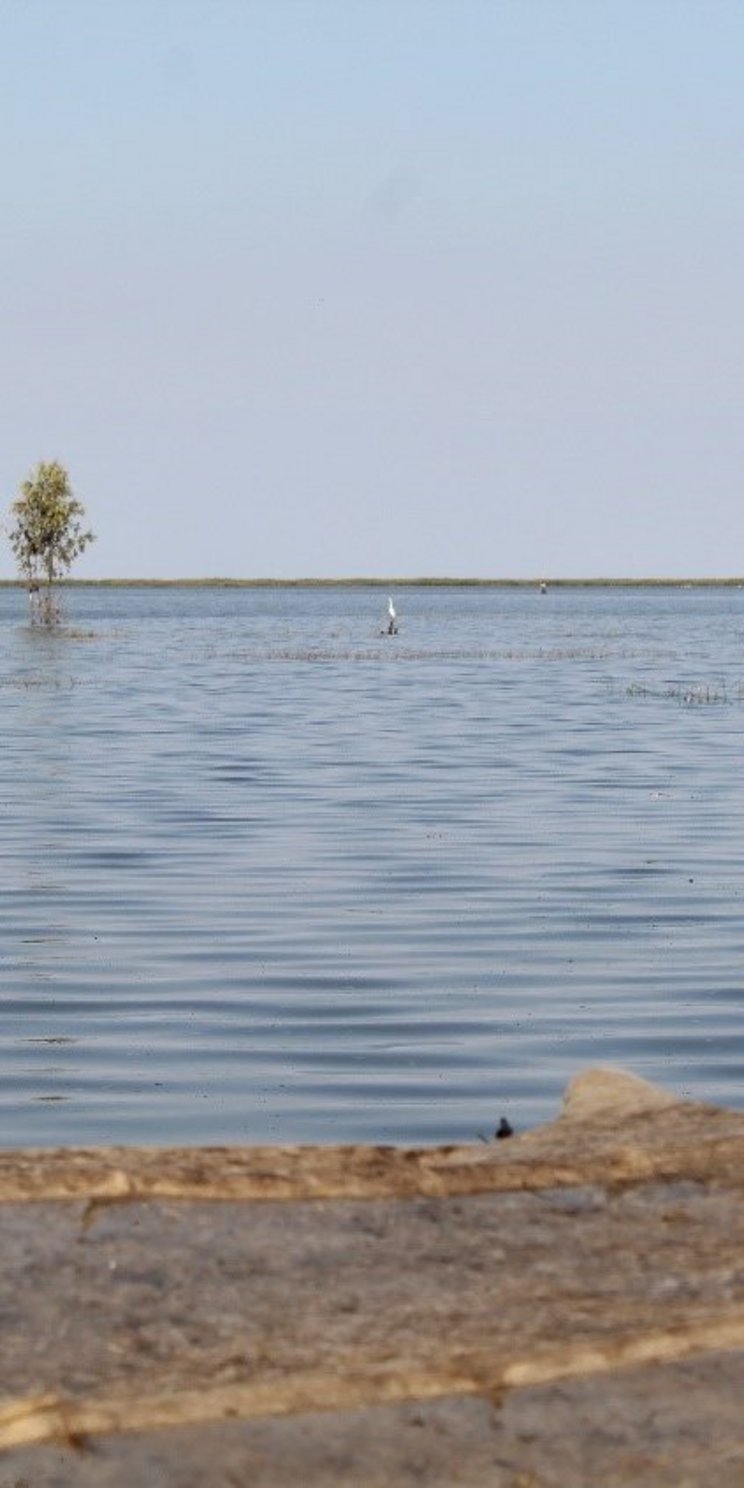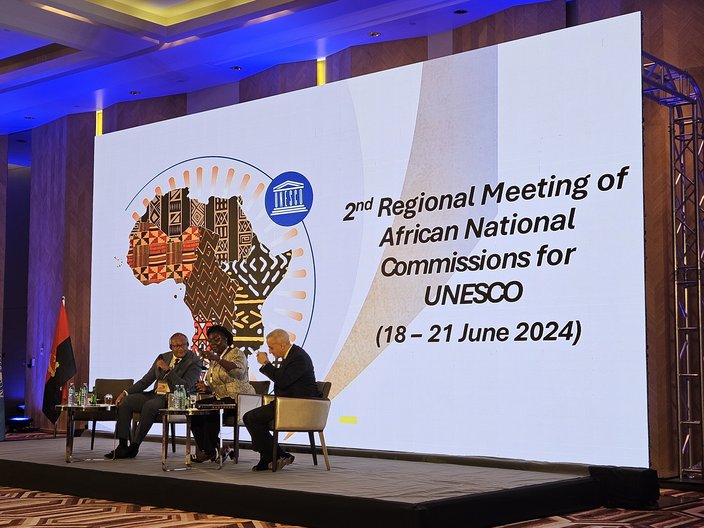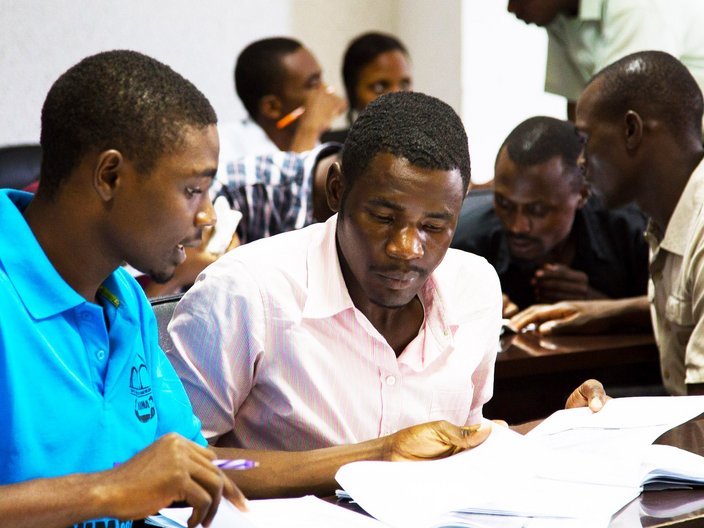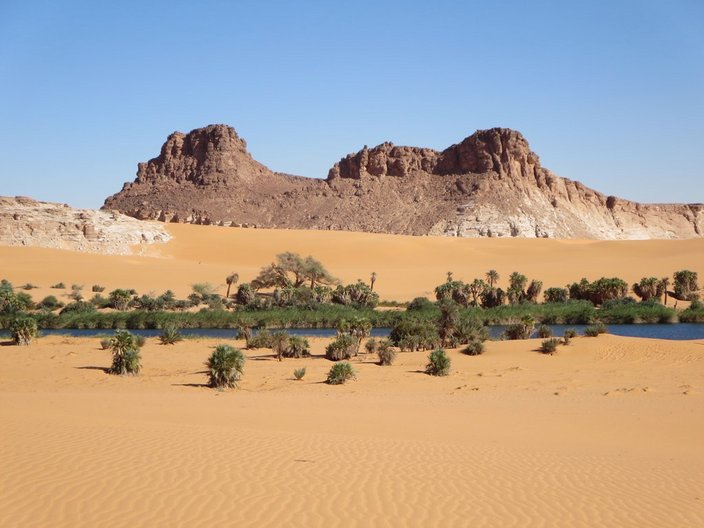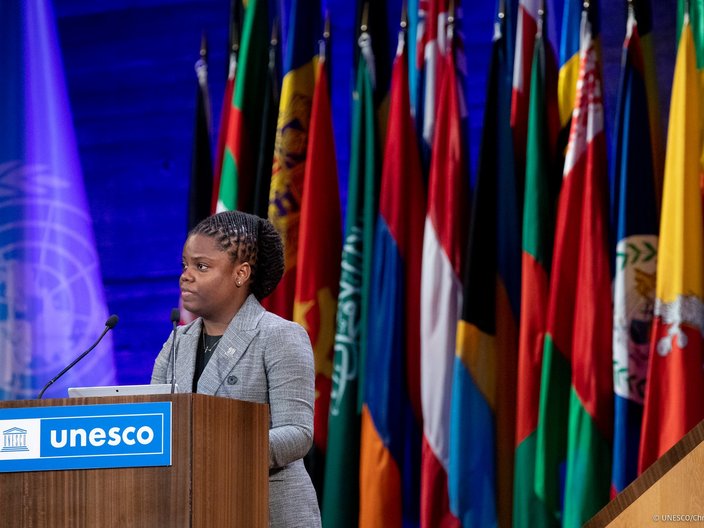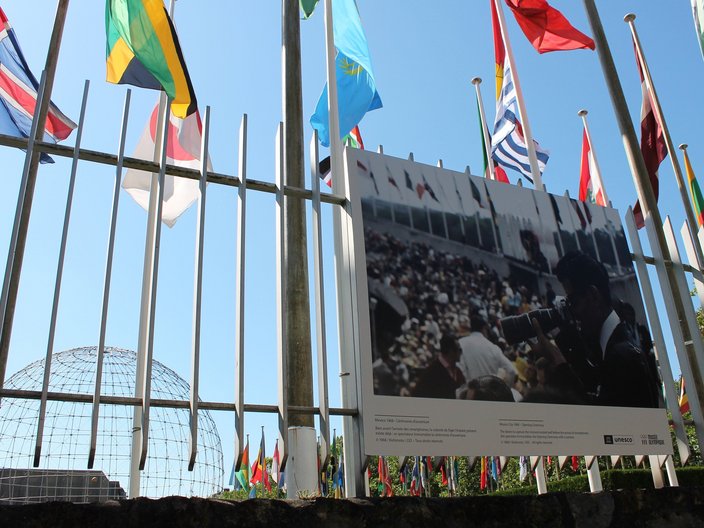Climate Change and biosphere reserves
Africa is one of the world's most vulnerable regions to the effects of climate change. As a result of global warming, natural disasters such as floods, prolonged droughts and hurricanes are becoming more frequent. These include cyclones that form south of the equator in the Indian Ocean and cause widespread destruction, also in biosphere reserves.
In February and March of 2023, Cyclone Freddy caused extensive damage in Malawi and neighboring countries, killing more than a thousand people. Malawi's two biosphere reserves were directly affected by the destruction. The dense human population in parts of the biosphere reserves is an additional risk factor for the impact of future natural disasters.

Raising awareness of disaster risk reduction and climate resilience
The Mount Mulanje Biosphere Reserve is located in the south-west of Malawi, close to the border with Mozambique. It covers an area of 26 by 22 kilometres of mountainous terrain that rises steeply from the surrounding plains. The area is rich in fauna and flora, with many endemic species found both in the rainforest and in the drier forests to the north and west of the area. The area around the biosphere reserve is densely populated due to high rainfall and fertile soils.
Malawi's second biosphere reserve, Lake Chilwa Wetland, is also densely populated. An estimated 77,000 people live in the 615-hectare wetland. When the water level is high, much of the area is covered in water. The lake itself is surrounded by swamps and floodplains. It is unique in that it is a closed system with several inflows but no outflow. The water in the wetland is therefore only reduced through evaporation and seepage. The remaining water at the end of the dry season forms Lake Chilwa.
Experts predict that Malawi will continue to be hit by powerful cyclones - but early warning systems can save lives. The Malawi National Commission for UNESCO, together with local stakeholders, has therefore implemented a project to strengthen local climate expertise and ensure long-term disaster risk reduction in communities. The project was supported by the German Commission for UNESCO.
In the first phase of the project, the project team analysed and assessed the exact impact of the cyclone on the biosphere reserves. On this basis, experts worked with local representatives to develop and implement early warning systems and a plan for the environmentally friendly reconstruction of settlements. In addition to raising public awareness, 80 youth leaders were trained in climate literacy and disaster risk reduction to reduce the potential impact of future disasters.
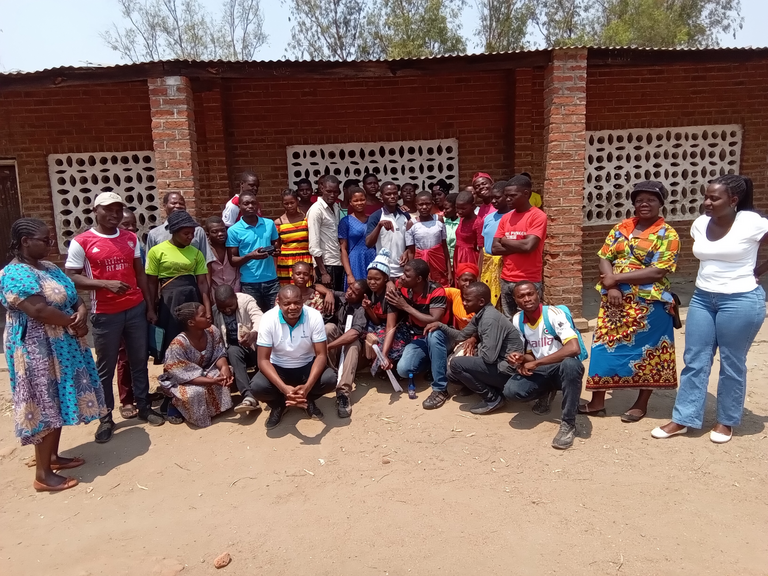
Biosphere reserves in Southern Africa
18
Biosphere reserves in the region "Southern Africa" (Eswatini, Lesotho, Malawi, Mozambique, South Africa, Zambia, Zimbabwe)
Malawi
2
Biosphere reserves in Malawi
Read more
Overview page: Programme for the Promotion of Biosphere Reserves in Southern Africa
More information on the projects in English External link:
More information on biosphere reserves worldwide
